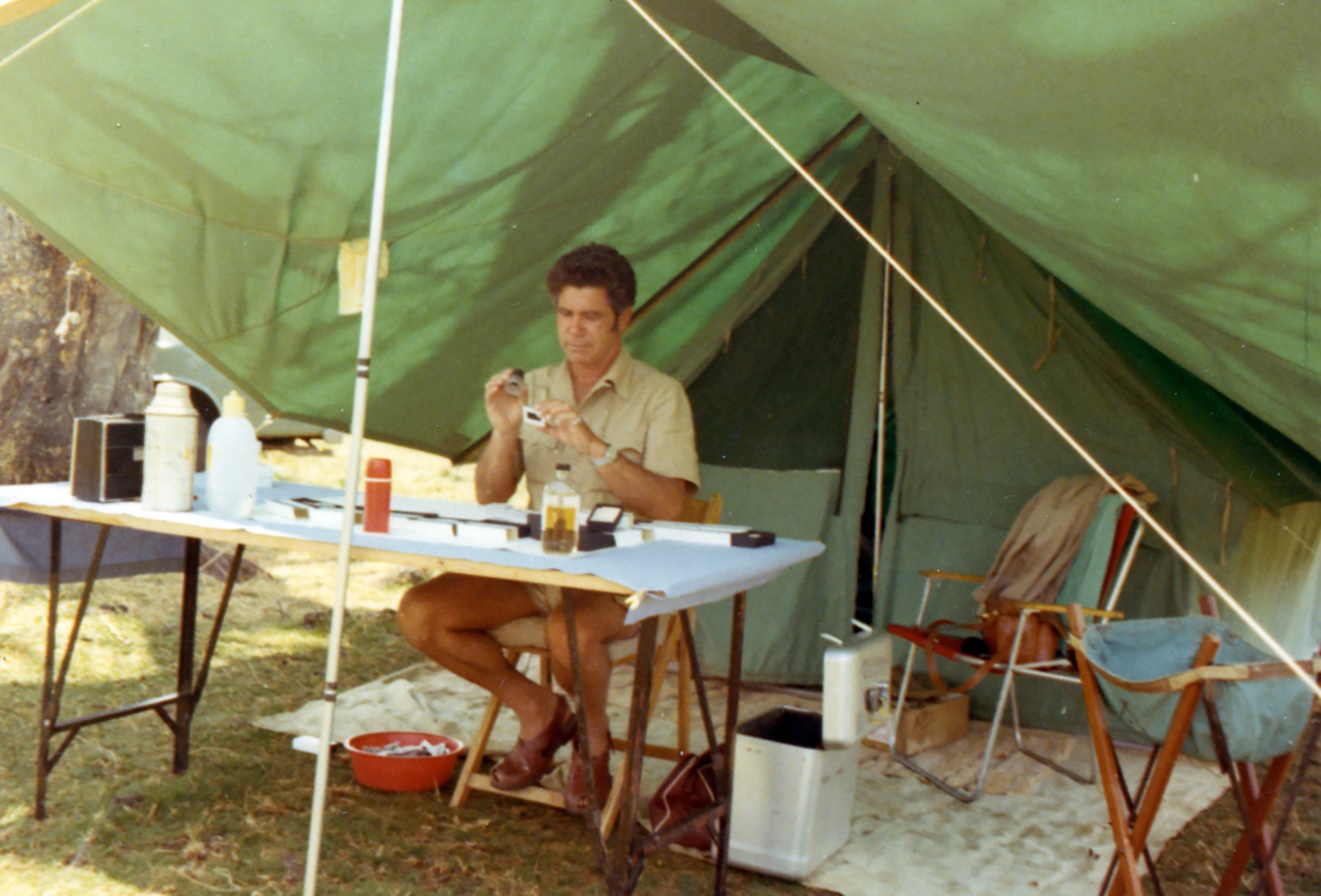
The photographers on LIFE Magazine’s staff did it all, taking on assignments wide and varied without a blink of the eye. John Dominis was no exception. He joined LIFE as a staff photographer in 1950 and would go on to shoot some of the biggest stars of the era — Steve McQueen, Frank Sinatra and Robert Redford to name a few. He also shot one of the most iconic images of the 20th century: Tommie Smith and John Carlos giving the black power salute at the Olympics in Mexico.

On the anniversary of his June 27, 1921, birth, LIFE looks back at one of his lesser known shoots – the African Antelope, which was a cover story and a follow up to The Great Cats of Africa, which would earn him Magazine Photographer of the year in 1966 and later become a book. In the Editor’s Note that accompanies the story, Dominis describes how he was able to get the dramatic photo of the “bizarre wildebeest” (the last slide in the gallery above) without a telephoto lens.
“I wanted to get low-angle shots that gave a dramatic sense of their speed. I built boxes out of plywood and mounted cameras inside of them,” Dominis explained. “John [Mbuthi, a local whom Dominis worked with on the story] and I worked for three weeks with them. We’d go a mile ahead of a herd and put down the boxes and camouflage them. Then we’d hide a quarter of a mile away and wait — maybe for several hours. Meanwhile the light might change and there was no way I could alter the exposure on the cameras. If the animal reached the boxes, I pushed the button that triggered the motorized cameras by a radio signal and ran off a whole roll of film. I must have exposed 40 rolls, but ended up with only one really good frame.”
Featured in this gallery are images provided by the Briscoe Center for American History at the University of Texas at Austin of these contraptions that John Dominis set up. These rarely seen images show a photographer at work and just how resourceful Dominis was in getting the shot.
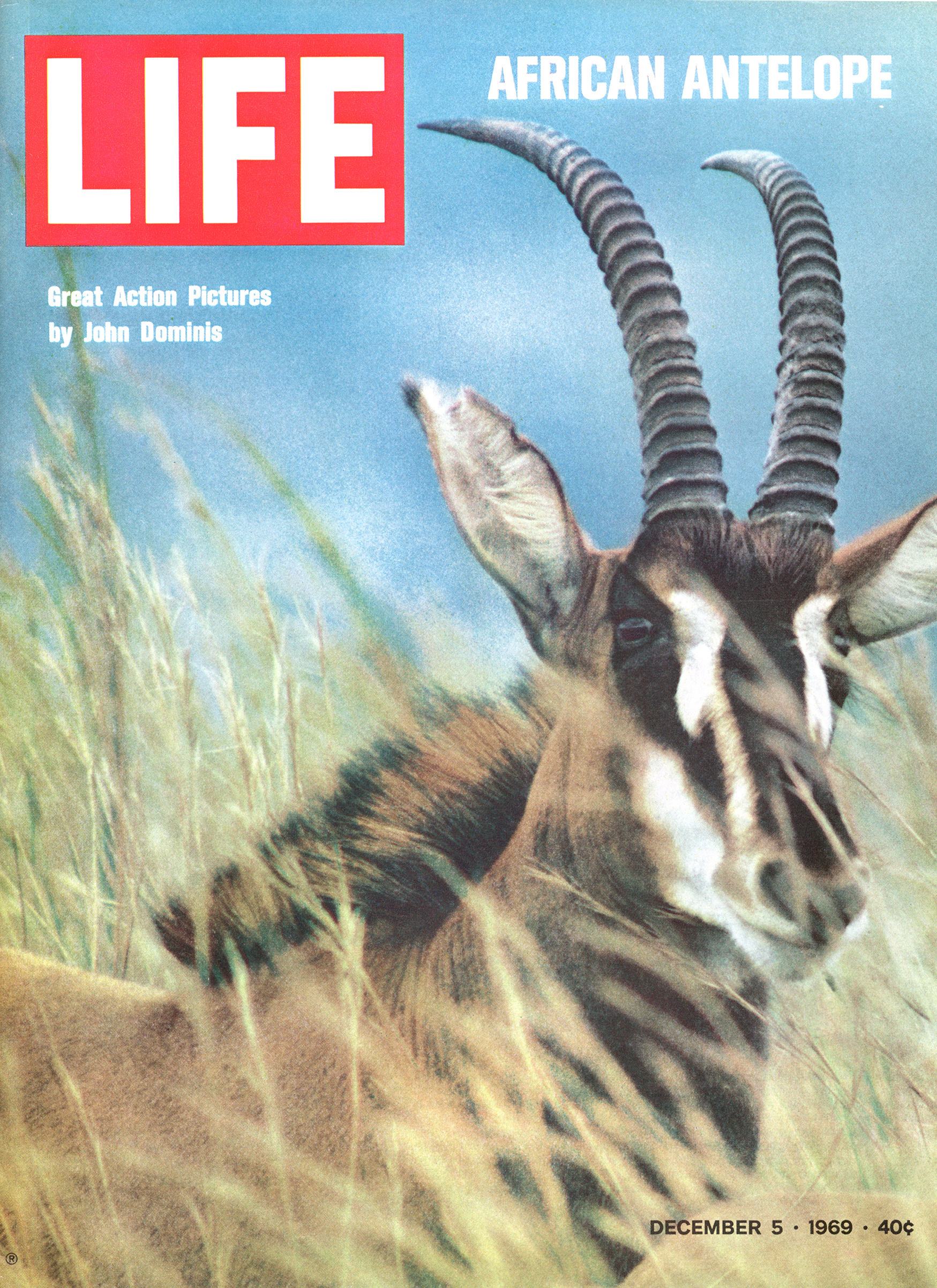
The Briscoe Center recently acquired the John Dominis archive after his daughter, Dori Beer, reached out to the center. His longtime friend and photo editor M.C. Marden organized the collection, which contains a comprehensive look at his professional and personal work and life. While his archive won’t be open to the public until later in 2017, the Briscoe Center — the photojournalism collection of which also includes the work of Diana Walker, Eddie Adams, Dirck Halstead and others — is open for research and focuses on a behind-the-scenes look at how Americans experience the world, from politics to war to wildlife, via the media.
“Pictures like [Dominis’ animal series] have something to say about how Americans (though magazines like LIFE) perceive the outside world,” said Ben Wright of the Briscoe Center, in a statement to LIFE. “These pictures and collections are not only beautiful and interesting: they’re historical evidence that help historians to understand the past with accuracy and integrity.”
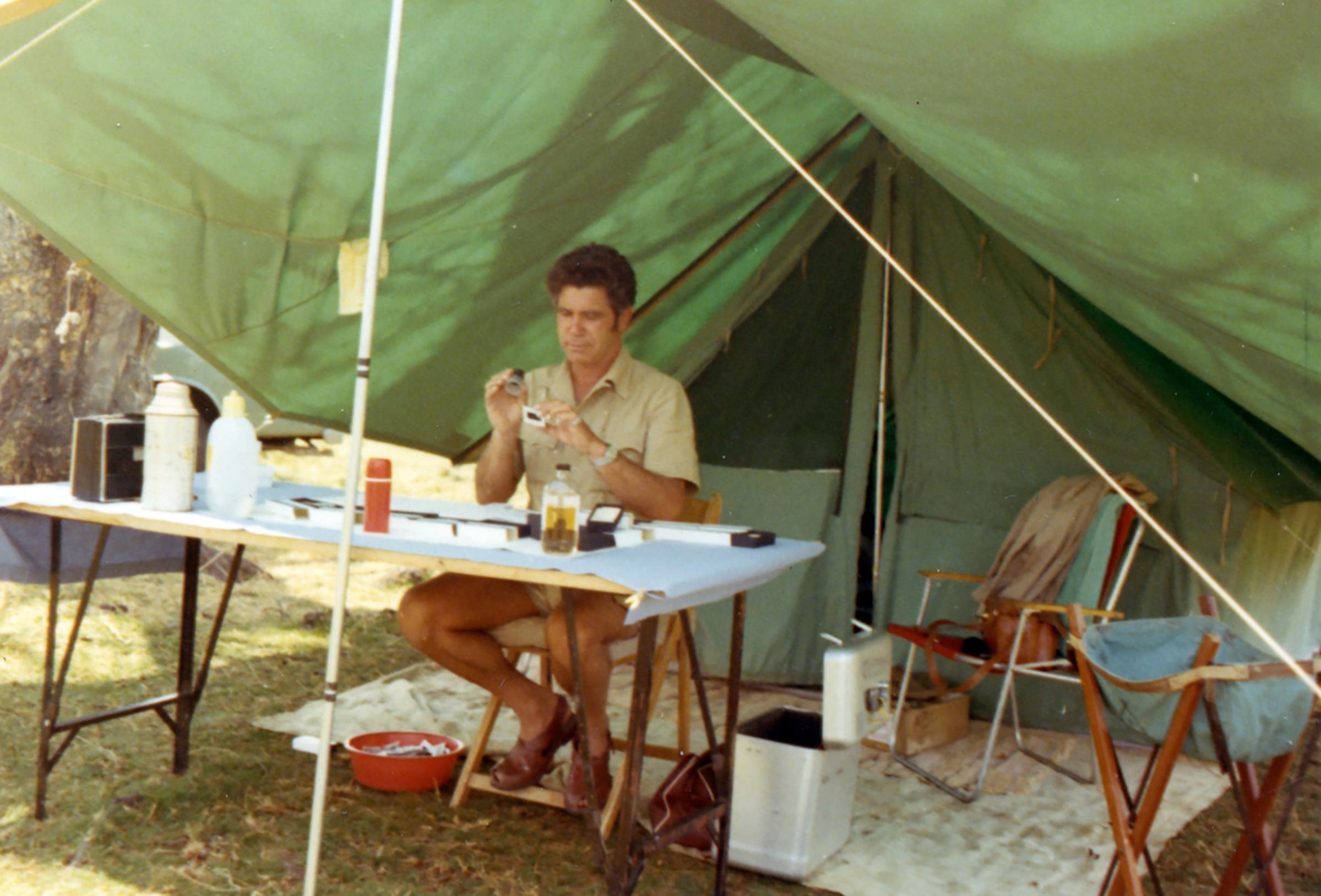

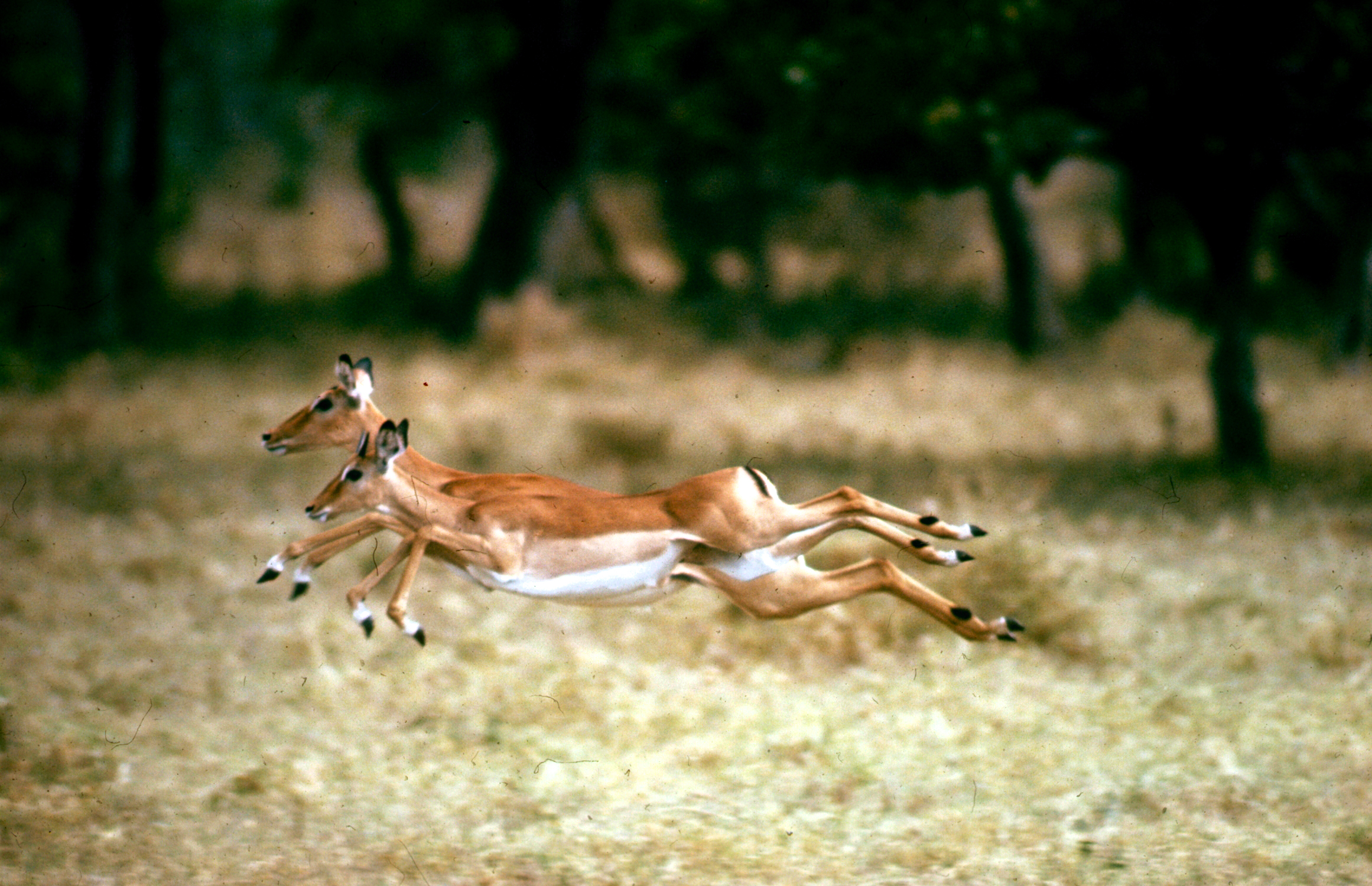
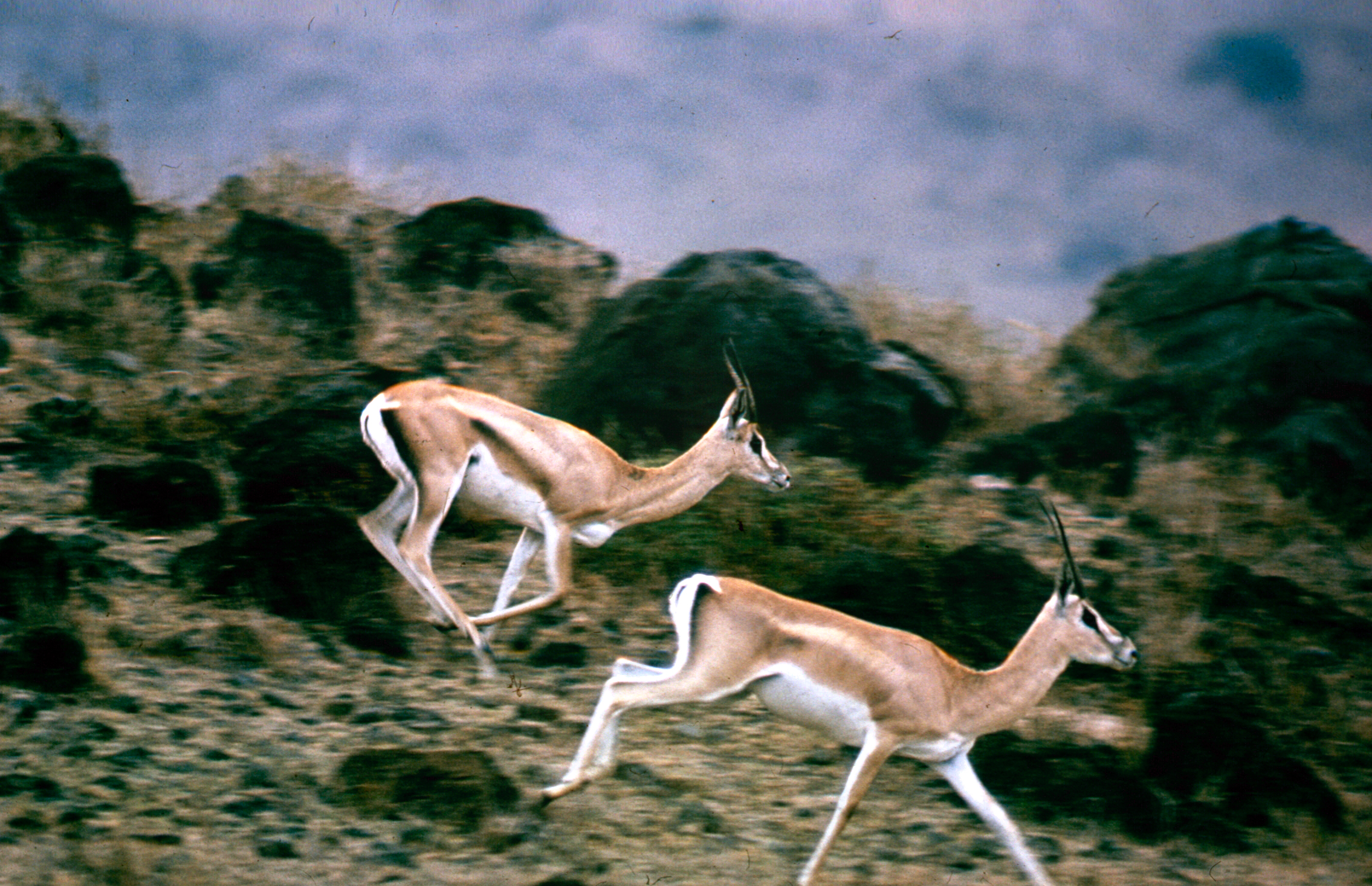
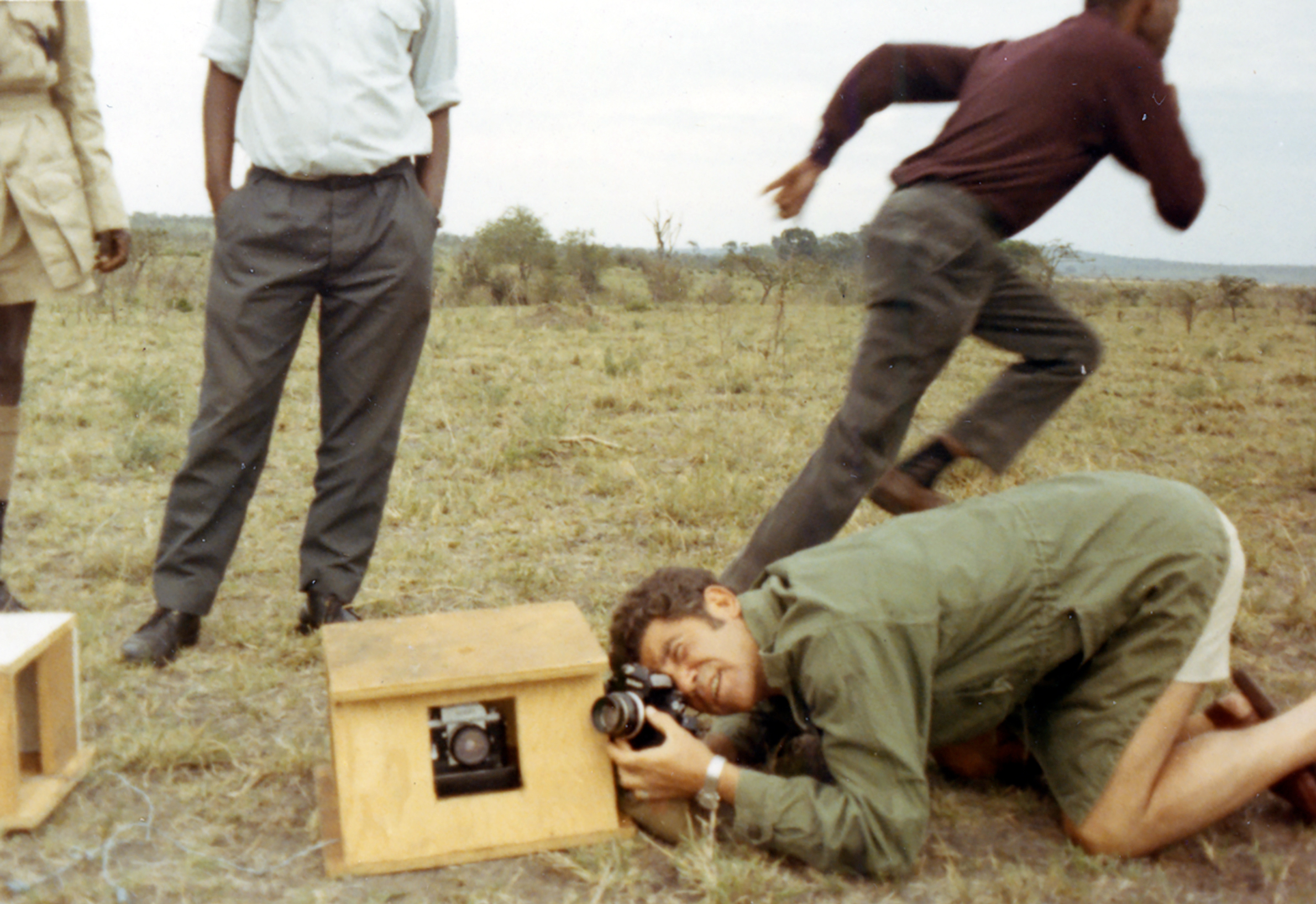
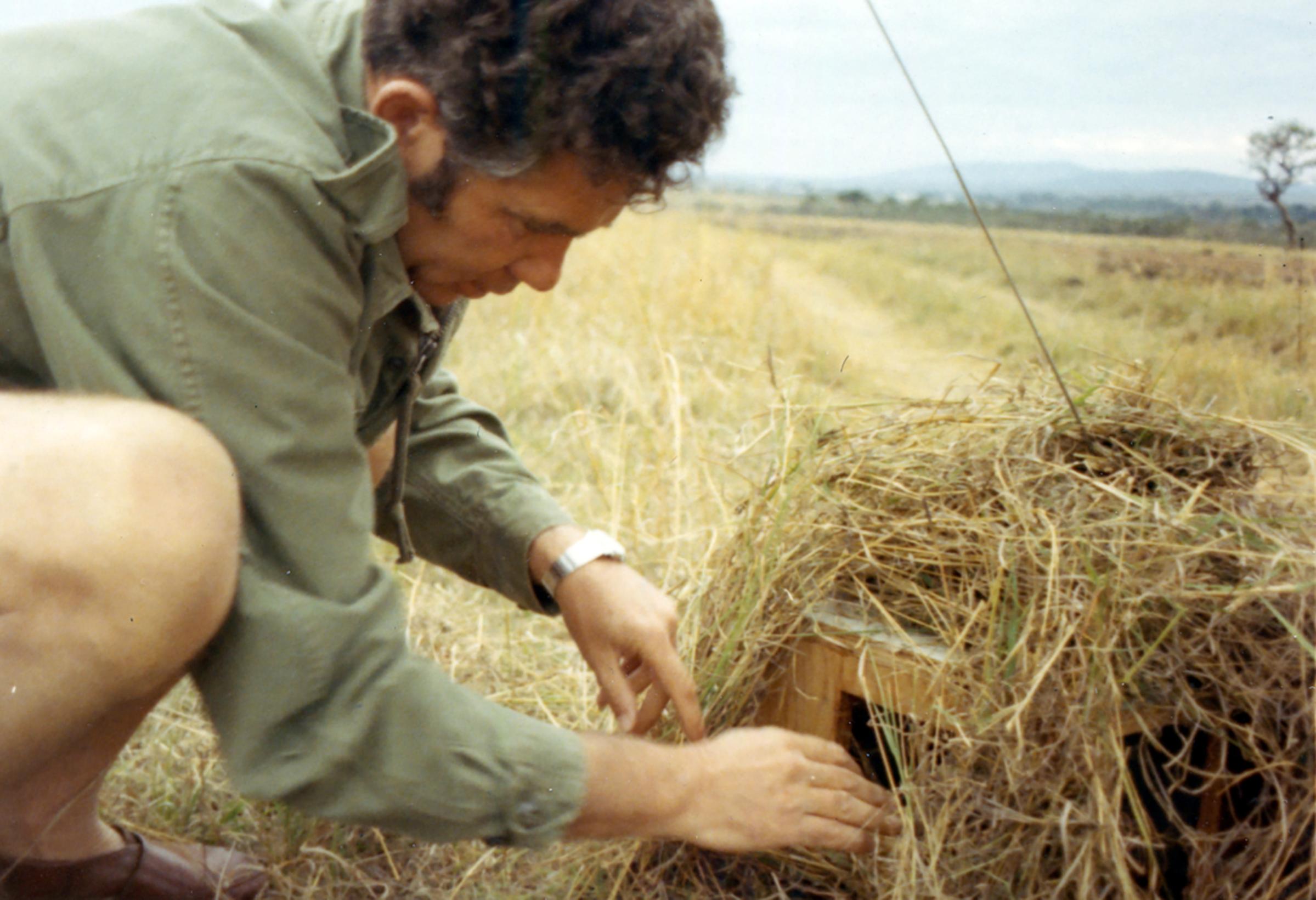
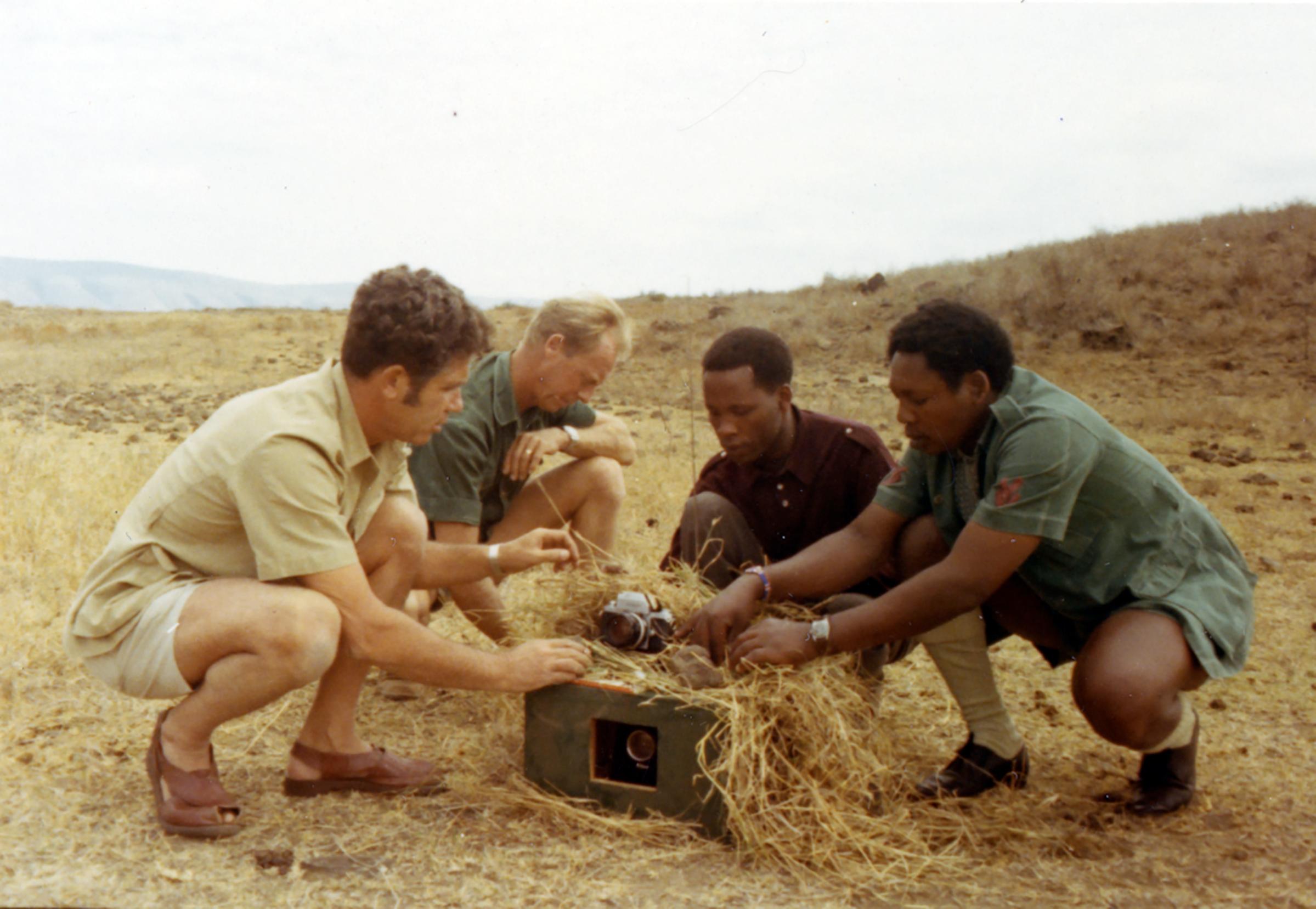

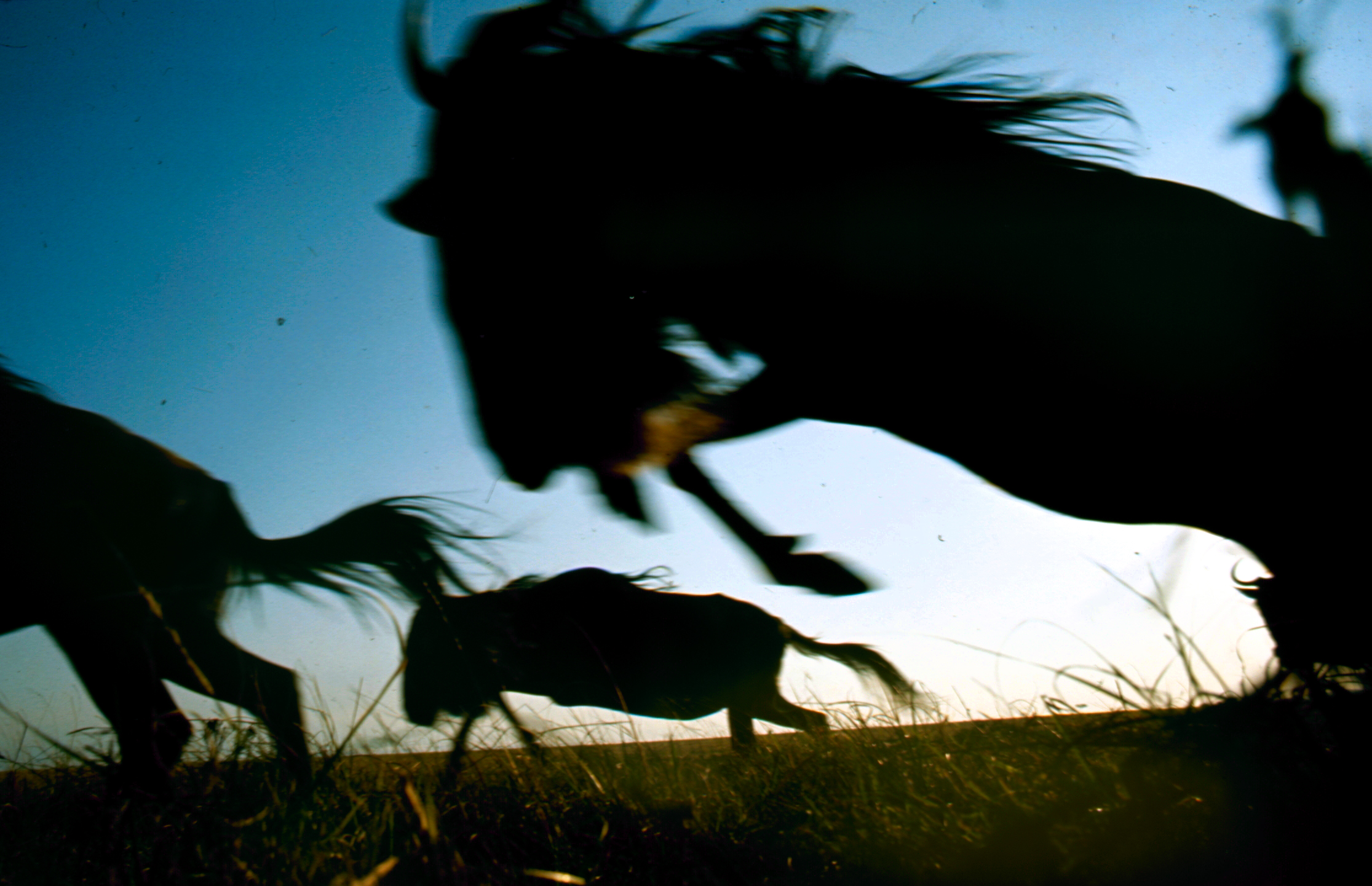
More Must-Reads From TIME
- The 100 Most Influential People of 2024
- The Revolution of Yulia Navalnaya
- 6 Compliments That Land Every Time
- What's the Deal With the Bitcoin Halving?
- If You're Dating Right Now , You're Brave: Column
- The AI That Could Heal a Divided Internet
- Fallout Is a Brilliant Model for the Future of Video Game Adaptations
- Want Weekly Recs on What to Watch, Read, and More? Sign Up for Worth Your Time
Contact us at letters@time.com